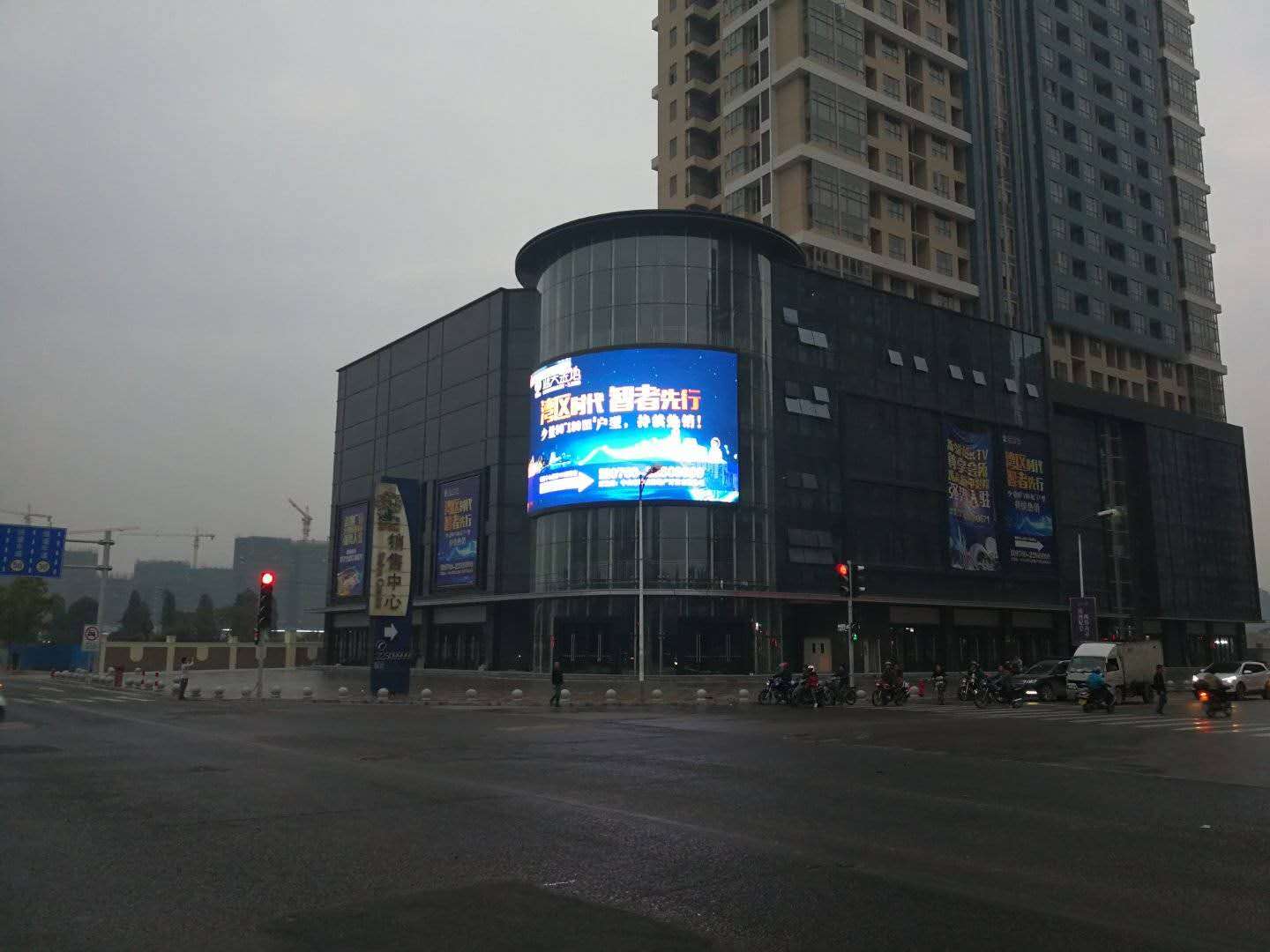
Author: Jim Harrison, Lincoln Technology invited bloggers
According to reports, after the success of the self-made AC induction asynchronous drive motor in the first three models, Tesla has just released the Model 3 model to use permanent magnet synchronous AC (PMAC) motor.
According to the report, Tesla disclosed the type of motor in its EPA certification document, which stated: drive motor - AC 3-phase PM motor, 192Kw, 258hp. Motors of the basic model may differ in size from motors of long range models.
In addition, the EPA document also states that the long-running Model 3 has a battery pack voltage of 350V and a capacity of 230Ah, so it reaches 80.5kWh. The base model (50 kWh) offers 220 miles and an acceleration time of 5.6 s from 0 to 60 mph. The long-running model starts at $44,000 and has a 0-60mph acceleration time of 5.1 s.
In addition, China Magnetic Materials Corporation Beijing Zhongke Sanhuan High-Tech Co., Ltd. (ZKSH) also announced an agreement to supply NdFeB magnets to Tesla Motors in the next three years. Of course, these materials can also be used for applications other than motors.
Why use a permanent magnet motor?PMAC motors are more complex than inductive motors, but they are still fairly simple and reliable. PMAC motors are smaller and lighter, and are somewhat more efficient than induction motors, especially at low loads and high loads. This type of motor is used by almost all other EV manufacturers.

Tesla Model 3
I believe that the synchronous operation of PMAC motors means that Tesla must significantly change its motor control algorithms, and these algorithms may be slightly more complicated than before. From the early short-term test motor reported, this work seems to be going well. People can't wait to see if the improved motor efficiency can significantly increase the mile/Kwh and if there is any change in maneuverability. It has been reported that Tesla is using lanthanum and cerium (Nd/Pr) rare earths as its magnet material - but it has not been confirmed.
PMAC and induction motors are very efficient at full load. Large (>100hp) PMAC synchronous motors typically have a full load efficiency of 98%, while high quality induction motors are approximately 92% to 95%. At 20% load, the efficiency of the induction motor drops to around 80%, while the efficiency of the PMAC motor remains at 88% under such light load conditions.
Material availabilityAn important reason for not using a PMAC motor is material availability. Especially oh. Its price soared from $35,000 per ton to $250,000 in 2011, and then the price fell back to about $35,000. In mid-July, the price of cockroaches reached $65,000 per ton, up 30% from the lowest point in November of last year. Most of the tantalum materials are produced in China's mines. Although there are many antimony deposits around the world, including the California desert in the United States, it is difficult to extract and process.
Molycorp Inc. is the only mining company in the United States that produces rare earth materials. It is headquartered in Greenwood Village, Colorado, and has a Perth Mountain rare earth mine in California. The company filed for bankruptcy in 2015 due to technical difficulties and its rapid decline due to “competitive changes in the competitive environmentâ€. According to reports, the company invested more than $1 billion in the mine and was eventually acquired by its largest creditor Oaktree Capital Management and reorganized into Neo Performance Material. The company now owns rare earth and rare metal processing facilities in Estonia.
The Key Materials Institute of the US Department of Energy's Innovation Center has produced magnets made entirely of rare earth metals supplied and refined in the United States. Many research laboratories are investigating alternative materials for high-strength magnets. A company called Peak Resources is developing the Engra Rare Earth Project in Tanzania. Rare Earth Salts is providing rare earth materials from its Nebraska plant. The original production material of RES comes from recycled fluorescent tubes, making it a 100% US domestic solution.
Outdoor LED display Wall And LED Display Screens
Due to DIP technology that is used the outdoor video walls are sturdy, durable & very bright. Unlike other LED video walls, Priva outdoor LED display are
viewable in direct sunlight. The picture quality is not compromised in
our solution, hence the display is crystal clear despite it`s a day time
or night time.
Priva outdoor LED screen wall for outdoor applications is a module based on LED wall solution. The technology used for advertising LED display is DIP. Customized cabinet type and size is optional.
We strive to create products which are environmentally balanced, outdoor LED screen are also low power consumption or engergy saving.
Our outdoor LED display are compatible with various input formats, such as DVD players, cable TV, internet & intranet etc.
These are highly customized LED display video walls, every LED display screen is customized regards to pixel pitches, resolution, sizes, shapes etc.Our LED display walls enjoys long life, they are weatherproof units & can tolerate dust, humidity or rain.

Outdoor Led Display, Outdoor Led screen, Advertising Led Display, ,Energy Saving Led Display, LED display board, LED video wall
Shenzhen Priva Tech Co., Ltd. , https://www.privaled.com